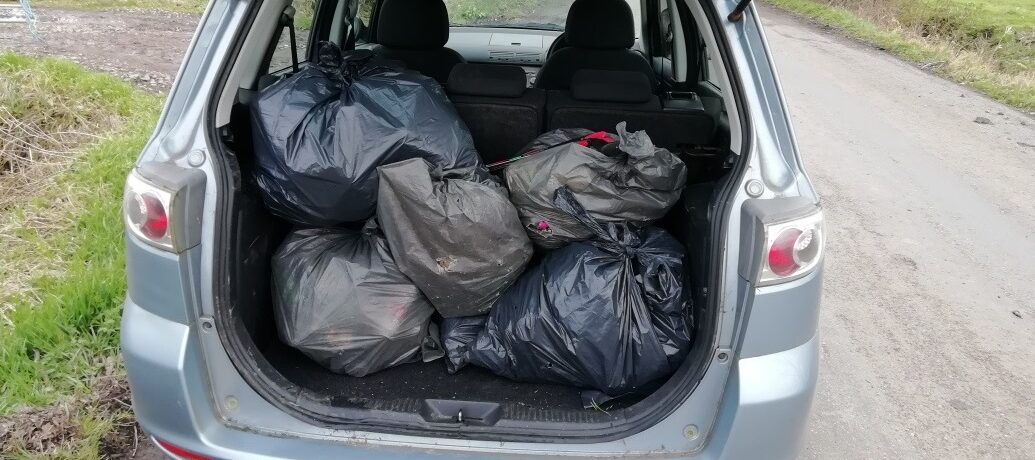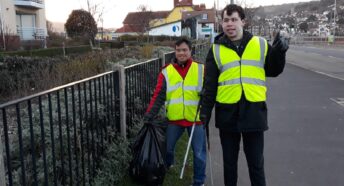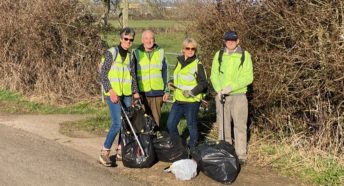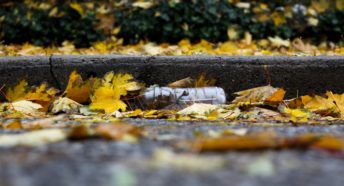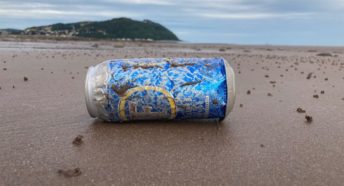Our Source To Sea Litter Quest
Counting up the number of bottles and cans found during an afternoon of litterpicking was a real eye-opener for Becky, our litter project Manager.
One Friday afternoon in March, I set off with my old pal, Laura, to do a spring clean on one of the country lanes near Godney, on the Somerset Levels. It would be a good chance for a natter in the fresh air and, for me, an opportunity to test out the latest initiative in our #2minute litterpick project.
I had recently been encouraging all our Litterpick Volunteers to have a go at the Marine Conservation Society (MCS) Source To Sea Litter Quest and I wanted to try it out for myself. Taking part in Source to Sea involves counting 15 different types of litter and reporting the numbers on the Marine Conservation Society website. This way, the MCS can build a better picture of where problematic ocean litter originates from and try to tackle the problem at source. It’s more fiddly to do than a straightforward litterpick, especially if you try to separate the recyclable bottles and cans, but it was certainly very revealing. Take a look at what we found. Here is our tally sheet – from a stretch of country lane, less than 0.25 miles long.
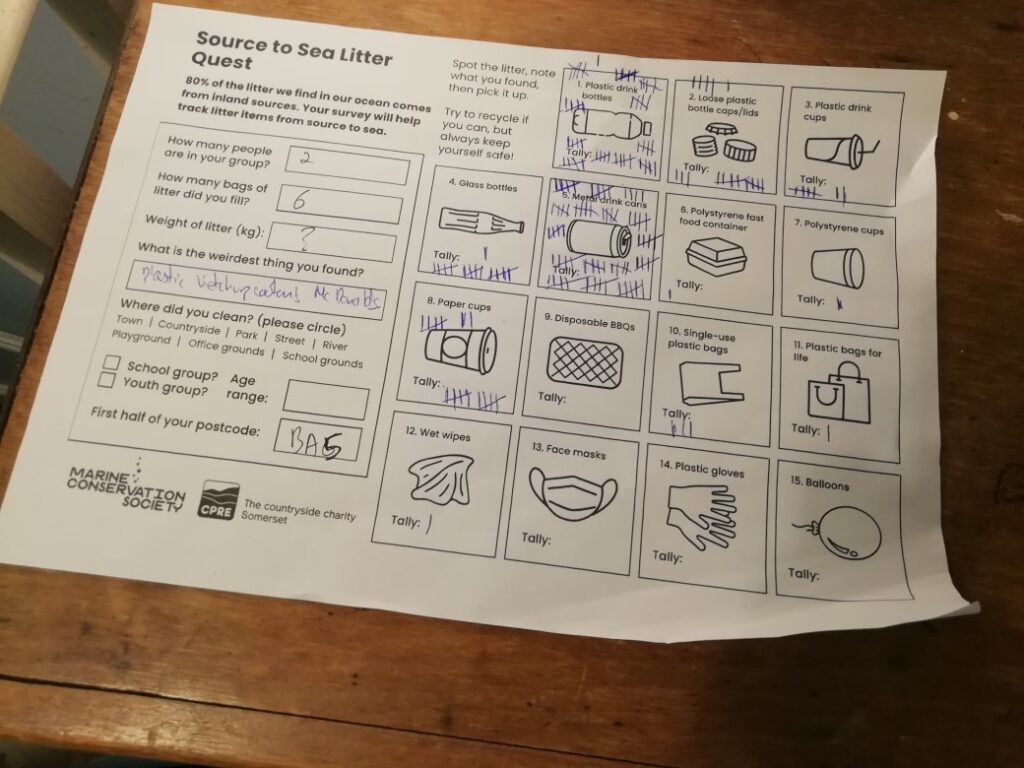
As you can see, the most common items were metal drink cans (56) and plastic drinks bottles (79).
If these items had a value, and people could get money back for returning them, evidence from other countries shows that then amount of cans and bottles littered in our countryside would plummet overnight.
What is a Deposit Return System?
A Deposit Return System (DRS) is a simple way of incentivising the recycling of drinks containers in order to stop them from ending up as litter.
The DRS works by a small deposit – something like 20p – being added on to the price of all drinks containers, from your wine bottle to fizzy drinks can. This is then paid back upon returning the container to a designated machine or shop.
It’s a simple, effective, and cheap way of reducing litter because people like getting their money back! A DRS means that people have a financial incentive to make sure their rubbish ends up where it belongs. Success in other countries shows that a DRS can become a simple part of daily life to make recycling easier. Recycling rates are above 90% in Germany, Finland and Norway. Currently, in the UK, our recycling rates for drinks containers are only 70%.
When will we get a DRS here?
In 2018, we celebrated when the Govt. confirmed that they were committed to a DRS. It’s now 2023 and we are still waiting. The latest news is that a DRS is expected in 2025 – but that would exclude glass bottles. CPRE is campaigning to get glass included in the system as littered glass bottles still cause massive problems for wildlife and the environment. Even on our short walk, we found 18 littered glass bottles.
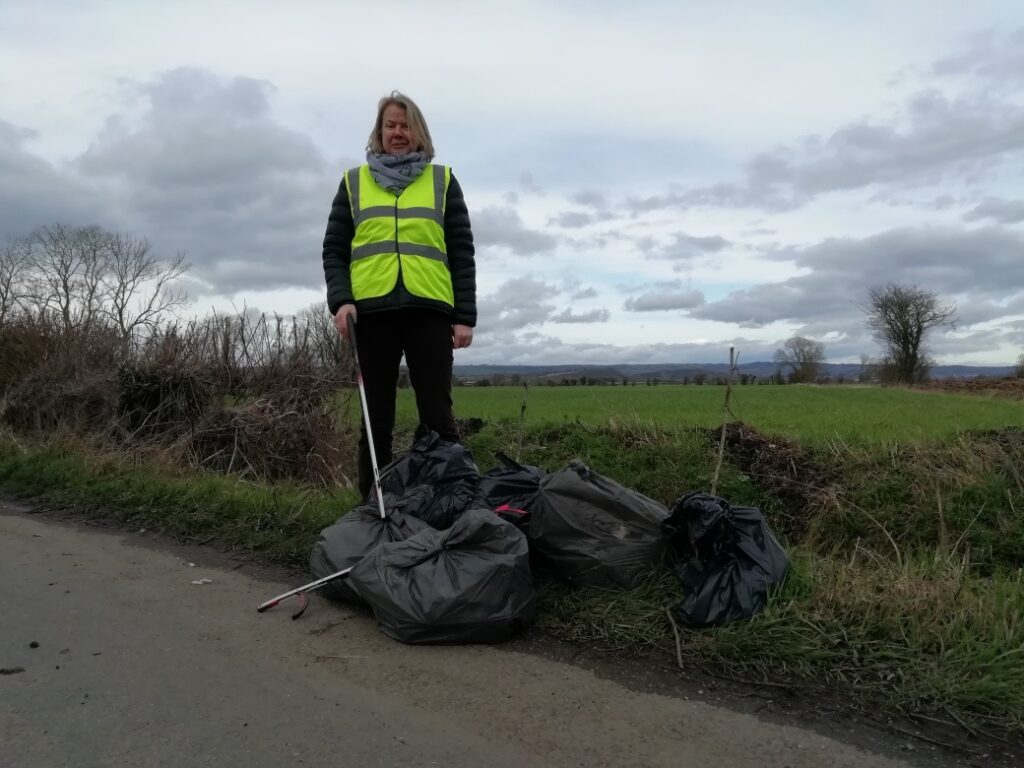
What can I do to reduce litter?
-
Always put your litter in a bin – or take it home for recycling if you possibly can
-
Contact your MP and tell them you want to see a comprehensive DRS system that includes glass bottles as well as plastic bottles and cans
-
Volunteer with us and keep your local area litter-free
- Support our project by sponsoring a litterpicking kit for just £20
